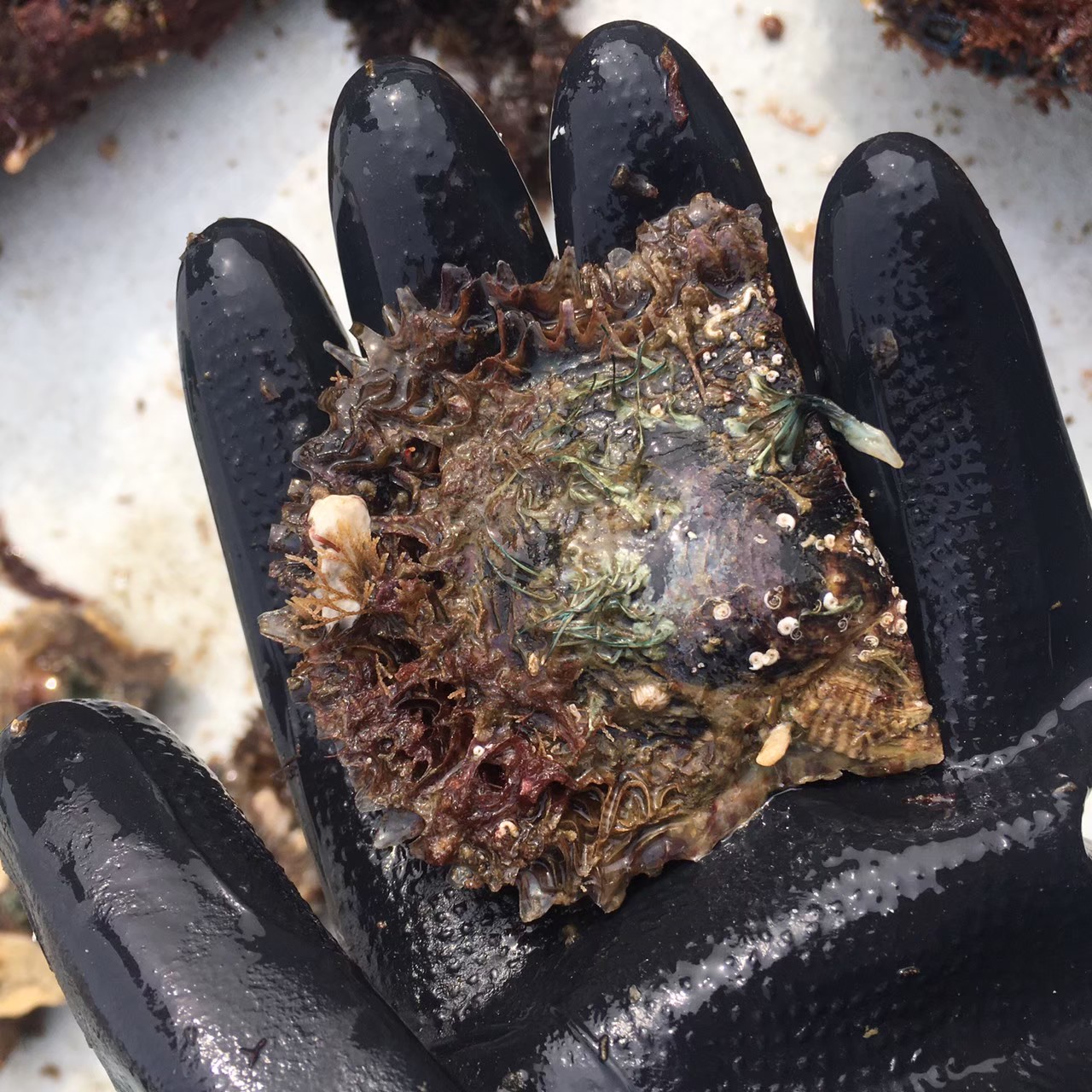What kind of process are Akoya pearls made from? This page explains after inserting the nucleus into the Akoya shellfish. By the way, “Nuclear” is a round processed Mississippi mussel that lives in Mississippi, USA. In recent years, Mississippi mussel is rare, so it seems that other shellfish such as those from China are also used.

The figure shows the month of putting the ‘nucleus’ into the Akoya shellfish and the month of its harvest. Those that are nucleated from April to July and harvested in June of the following year are called “One-year-pearls.” The farming period is less than 1 year. Then, the “nucleus” is put in from July to December, and the one that is harvested in December is called “Pass-the-year-pearl”. Akoya shellfish that have been cultivated for more than one year. “One-year-pearls” has a shorter culture period than “Pass-the-year-pearl”, so the nacre layer is generally less thick. However, it tends to be more round pearl than “Pass-the-year-pearl”. The longer the cultivation period, the thicker the nacre and the more likely it is to be baroque rather than round.
“Pass-the-year-pearl” has a longer cultivation period than “One-year-pearls”, so the nacre layer tends to be thicker than “One-year-pearls”. The thicker the nacre, the deeper the luster of the pearl. The nacre thickness is very important for pearls to be used as jewelry.
“One-year-pearls” has a thin nacre layer, but the culture period is short and the cost is low. And it tends to be a round with a high market value.
“Pass-the-year-pearl” has a long cultivation period, tends to become baroque with a lower market value, and is expensive to produce. However, it forms a thick nacre, that can be called the life of a pearl.
Both “One-year-pearls” and “Pass-the-year-pearl” seem to have their advantages and disadvantages. In general, retailers and converters prefer round pearls, so “One-year-pearls” is preferred. This is because round pearls are easier to sell to consumers. However, many pearl farmers prefer “Pass-the-year-pearl”. Pearl farmers have a hard time producing pearls, so they don’t want to produce pearls with thin layers of nacre. Above all, they focus on how to thicken the nacre layers.
However, in recent years, it seems that more and more pearl farmers are turning to “One-year-pearls”, which is low cost and can produce round pearls in a short period of time.
It is also a difficult issue for pearl farmers to decide whether to focus on “Pass-the-year-pearl”, which has a thick nacre layer, which they are satisfied with, or “One-year-pearls”, which is low cost and reasonable for the market.
For example, increasing the specific gravity of “One-year-pearls” means that the Pearls that were nucleated between April and August will be harvested in January of the following year.
However, if they increase the ratio of “One-year-pearls” once, the ratio of “Pass-the-year-pearl” will naturally decrease. And after that it becomes difficult to increase the ratio of “Pass-the-year-pearl”. Since it is like borrowing money in advance, increasing the ratio of “Pass-the-year-pearl” requires the strength of the company to postpone the harvest for one season. Basically, there is a limit to the number of nuclei that can be put into the shellfish per year, and the number is fixed every year. When to harvest Akoya shells that have had their nuclei inserted during the year is a big business decision.

Comment